- Over 1 million successful rentals
Car Hire Dominican Republic
Save time and money. We compare the offers of car rental companies in Dominican Republic on your behalf.
- Free cancellation Up to 48 hours prior to the scheduled pick up time
- Best price guarantee Have you found a better price? Let us know and we will make you a better offer.
- 24000+ pick-up locations Locations around the world
Compare Car Hire
Carrentals.co.uk offers simple and straightforward car hire comparison services. We don't add a penny to your quotes!
Car rental offers in Dominican Republic
Whether you're looking for a small rental car or a station wagon for the entire family, we will always have a suitable vehicle for the lowest price. Below are some examples from our selection in Dominican Republic.
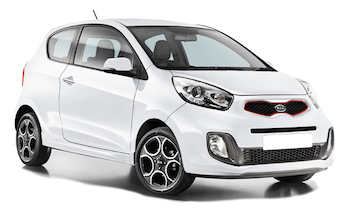
-
ACE Rent A Car From£ 19 /day -
Europcar From£ 26 /day -
Green Motion From£ 27 /day
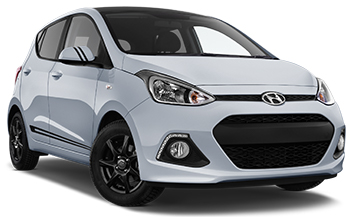
-
ACE Rent A Car From£ 20 /day -
Goldcar From£ 27 /day

-
Goldcar From£ 30 /day
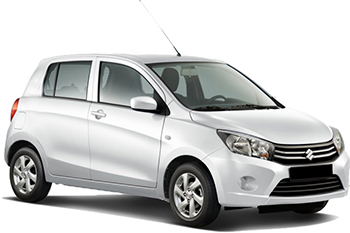
-
Alamo From£ 27 /day
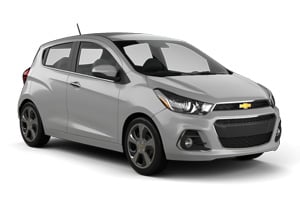
-
Enterprise From£ 27 /day -
Alamo From£ 28 /day -
National Car Rental From£ 30 /day

-
Alamo From£ 31 /day

-
Alamo From£ 33 /day -
Enterprise From£ 33 /day -
National Car Rental From£ 35 /day
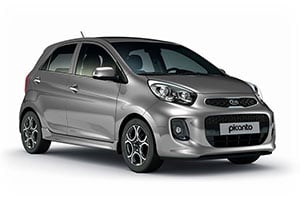
-
Europcar From£ 39 /day -
Avis From£ 47 /day
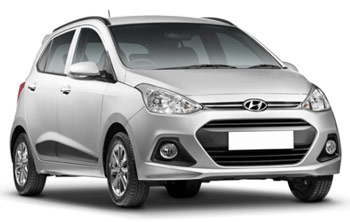
-
Europcar From£ 39 /day
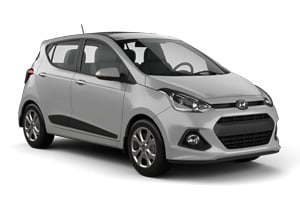
-
Mex Rent a Car From£ 17 /day
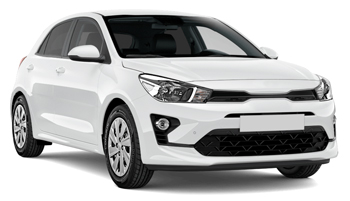
-
ACE Rent A Car From£ 20 /day -
Goldcar From£ 26 /day -
Budget From£ 35 /day

-
Hertz From£ 24 /day -
Goldcar From£ 27 /day -
Europcar From£ 39 /day
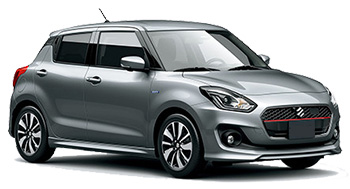
-
Autounion Car Rental From£ 20 /day

-
ACE Rent A Car From£ 20 /day

-
Autounion Car Rental From£ 28 /day

-
Goldcar From£ 21 /day -
Hertz From£ 22 /day -
ACE Rent A Car From£ 22 /day
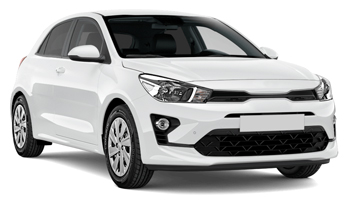
-
Goldcar From£ 28 /day
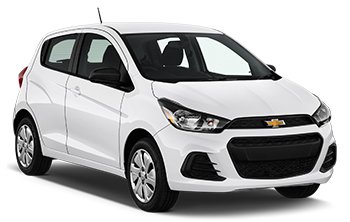
-
Alamo From£ 27 /day -
National Car Rental From£ 30 /day

-
Mex Rent a Car From£ 19 /day

-
Goldcar From£ 21 /day -
Europcar From£ 29 /day -
Avis From£ 34 /day

-
Hertz From£ 24 /day

-
ACE Rent A Car From£ 21 /day

-
Hertz From£ 22 /day

-
Goldcar From£ 27 /day -
Europcar From£ 41 /day -
Avis From£ 49 /day
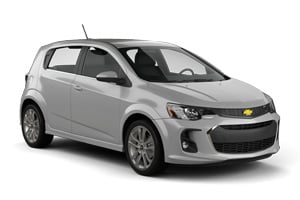
-
ACE Rent A Car From£ 22 /day
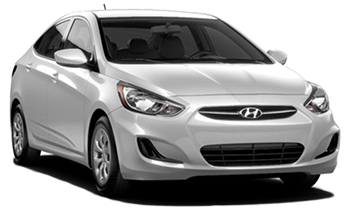
-
ACE Rent A Car From£ 23 /day -
Green Motion From£ 34 /day -
Zezgo From£ 37 /day

-
Goldcar From£ 29 /day -
Europcar From£ 43 /day
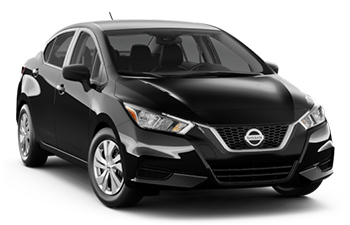
-
Autounion Car Rental From£ 21 /day -
Alamo From£ 28 /day -
National Car Rental From£ 31 /day
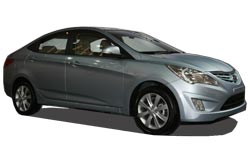
-
Mex Rent a Car From£ 22 /day -
Goldcar From£ 27 /day

-
Hertz From£ 24 /day

-
Hertz From£ 22 /day
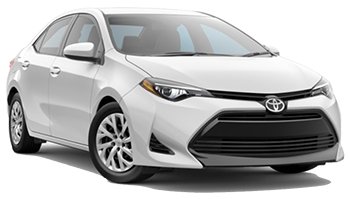
-
ACE Rent A Car From£ 23 /day
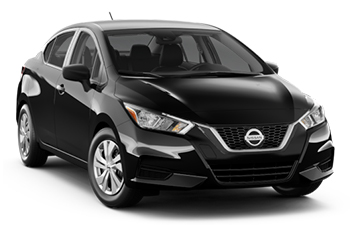
-
Autounion Car Rental From£ 28 /day -
Alamo From£ 33 /day -
National Car Rental From£ 36 /day

-
Europcar From£ 25 /day -
Budget From£ 38 /day

-
Goldcar From£ 30 /day
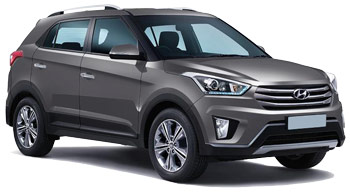
-
ACE Rent A Car From£ 26 /day -
Europcar From£ 29 /day
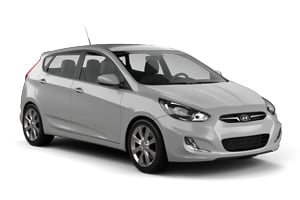
-
Goldcar From£ 27 /day
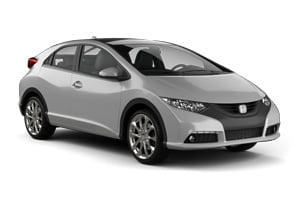
-
Europcar From£ 27 /day

-
Goldcar From£ 31 /day
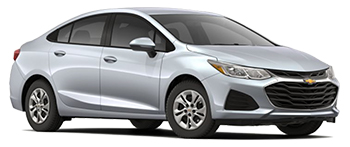
-
Alamo From£ 30 /day
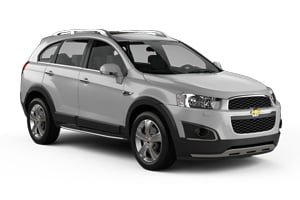
-
Hertz From£ 30 /day

-
Hertz From£ 32 /day

-
Alamo From£ 33 /day
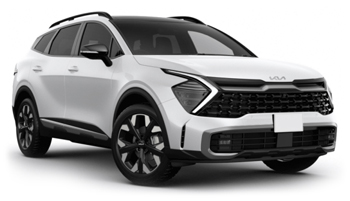
-
Europcar From£ 38 /day -
Hertz From£ 69 /day

-
Europcar From£ 46 /day
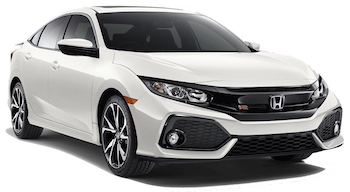
-
Europcar From£ 31 /day
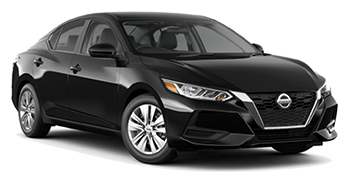
-
Alamo From£ 33 /day -
National Car Rental From£ 37 /day

-
Alamo From£ 34 /day -
National Car Rental From£ 42 /day
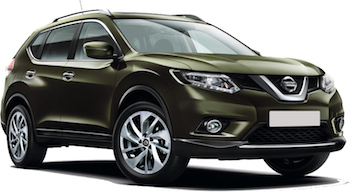
-
Europcar From£ 41 /day -
Alamo From£ 61 /day -
Budget From£ 66 /day

-
Europcar From£ 47 /day
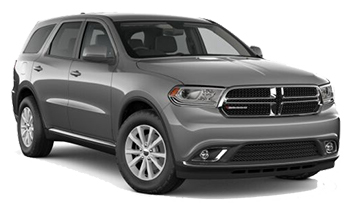
-
ACE Rent A Car From£ 43 /day

-
Europcar From£ 55 /day -
Alamo From£ 65 /day -
National Car Rental From£ 75 /day
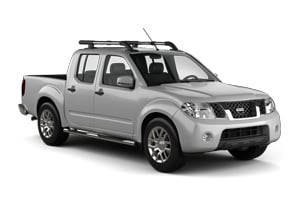
-
Europcar From£ 49 /day
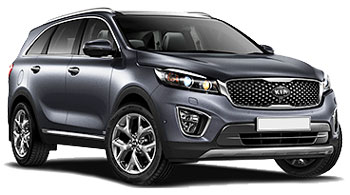
-
Mex Rent a Car From£ 52 /day -
Hertz From£ 56 /day
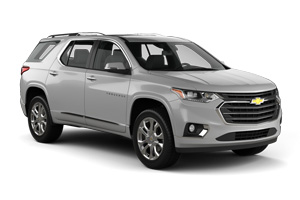
-
Green Motion From£ 62 /day -
Alamo From£ 100 /day -
Enterprise From£ 101 /day
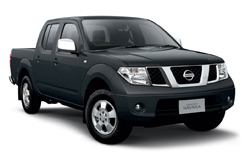
-
Alamo From£ 70 /day

-
Alamo From£ 73 /day
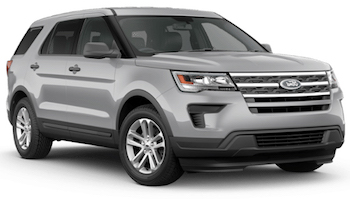
-
Europcar From£ 73 /day -
Avis From£ 98 /day -
Hertz From£ 101 /day
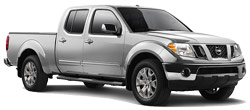
-
National Car Rental From£ 82 /day

-
National Car Rental From£ 77 /day
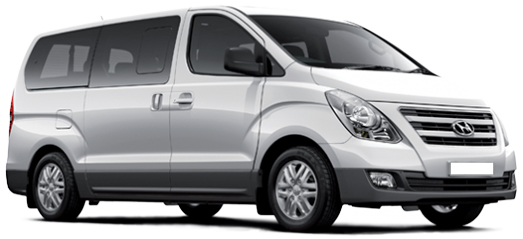
-
Europcar From£ 82 /day

-
Europcar From£ 94 /day -
Avis From£ 112 /day

-
Europcar From£ 93 /day

-
Europcar From£ 82 /day -
Hertz From£ 101 /day -
Avis From£ 118 /day

-
Europcar From£ 98 /day -
Avis From£ 147 /day -
Budget From£ 150 /day
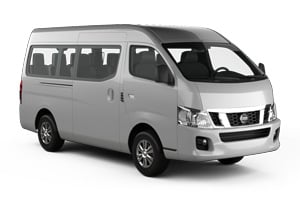
-
Alamo From£ 106 /day -
National Car Rental From£ 119 /day
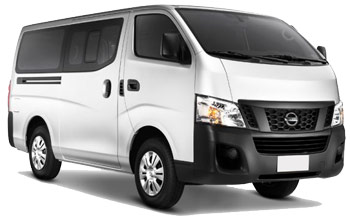
-
Alamo From£ 109 /day -
National Car Rental From£ 122 /day

-
ACE Rent A Car From£ 21 /day

-
ACE Rent A Car From£ 26 /day -
Autounion Car Rental From£ 29 /day -
Europcar From£ 29 /day

-
Hertz From£ 30 /day

-
Hertz From£ 27 /day -
Mex Rent a Car From£ 30 /day
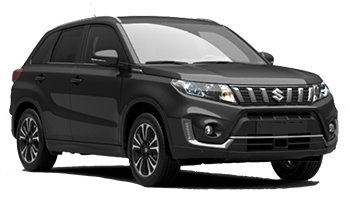
-
Europcar From£ 27 /day -
Goldcar From£ 34 /day -
Budget From£ 39 /day
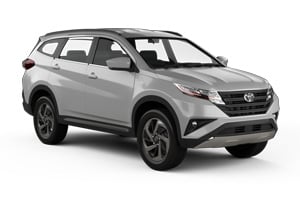
-
Hertz From£ 32 /day
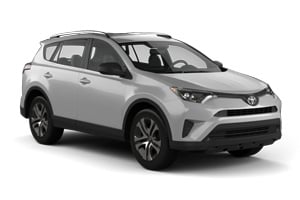
-
ACE Rent A Car From£ 29 /day

-
Hertz From£ 29 /day

-
Hertz From£ 32 /day
Popular cities in Dominican Republic
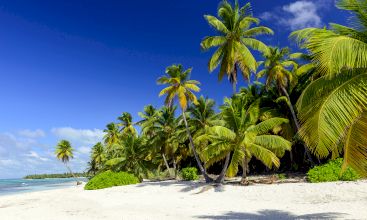
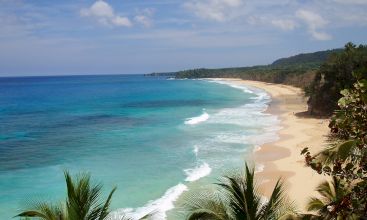

When to book a rental car in Dominican Republic
Dominican Republic - When is the most affordable time to rent a mini class car?
At this destination (Dominican Republic), October is the most affordable time to rent a mini class car with an average daily rate of
Dominican Republic - When is the most affordable time to rent a economy class car?
At this destination (Dominican Republic), October is the most affordable time to rent a economy class car with an average daily rate of
Dominican Republic - When is the most affordable time to rent a compact class car?
At this destination (Dominican Republic), November is the most affordable time to rent a compact class car with an average daily rate of
Dominican Republic - When is the most affordable time to rent an intermediate class car?
At this destination (Dominican Republic), November is the most affordable time to rent a intermediate class car with an average daily rate of
Dominican Republic - When is the most affordable time to rent a standard class car?
At this destination (Dominican Republic), October is the most affordable time to rent a standard class car with an average daily rate of
Dominican Republic - When is the most affordable time to rent a full-size car?
At this destination (Dominican Republic), June is the most affordable time to rent a full-size class car with an average daily rate of
Dominican Republic - When is the most affordable time to rent a luxury car?
At this destination (Dominican Republic), July is the most affordable time to rent a luxury class car with an average daily rate of
Dominican Republic - When is the most affordable time to rent a SUV?
At this destination (Dominican Republic), September is the most affordable time to rent an SUV with an average daily rate of
Dominican Republic - When is the most affordable time to rent a MPV?
At this destination (Dominican Republic), September is the most affordable time to rent an mpv with an average daily rate of
Dominican Republic - When is the most affordable time to rent a minivan?
At this destination (Dominican Republic), October is the most affordable time to rent a minibus with an average daily rate of
Car rental locations in Dominican Republic
Carrentals.co.uk compares rental car prices at the following destinations

Dominican Republic Guide
Dominican Republic is best explored by rental car. Carrentals.co.uk has over 11 pick-up locations in Dominican Republic. This means there is always a pick-up location close to your destination.
Most popular car hire locations in Dominican Republic
Driving
This diverse Caribbean destination has been drawing visitors for decades with its tropical rainforests, alpine ranges, exotic food and picturesque sandy beaches. Since being discovered by Christopher Columbus in 1492, it has turned into a Spanish oasis, especially in the capital city of Santo Domingo, which is known as the New World’s first European city. Visitors touring by car can discover beaches along both the Atlantic coast to the north and the southern Caribbean coast or wind their way through the interior mountain range and the Cibao Valley.
Driving Tips for Dominican Republic
Driving here is not easy though it provides visitors with a comfortable way of getting to know the ins and outs of the country. Signage is slack and in Spanish though it tends to be more visible on highways. The only exception is the new toll Autoroute Las Americas that runs along the coast south of Santo Domingo. Driving at night should be avoided.
Driving licences: visitors from the UK can drive here with their UK licence for up to three months. Afterwards, it is required to get a Dominican driving licence.
Which side does Dominican Republic drive on: the right.
Speed limits:
Motorways: 50mph (80kph)
On country roads: 50mph (80kph)
Built-up areas: 25mph (40kph)
Alcohol limits: there is a zero tolerance law in place here and anyone caught driving with alcohol in their system should expect to be taken into custody.
Driving age: 18 years old.
Seatbelts: are required of all persons travelling in the front seat. There are no child seat laws but common sense should prevail.
Mobile phones and GPS: it is prohibited to use a mobile phone when driving unless it is used with a hands-free. GPS can be used but is not necessary outside of the capital city.
Cost of fuel in Dominican Republic: more expensive than in the UK due to heavy taxes and transporting fees.
Car hire and fuel payment: credit cards are accepted at most petrol stations and car hire depots but a 16 per cent surcharge is usually added.
Insurance: liability insurance comes with car hire though it is recommended to purchase additional coverage.
Traffic and parking: driving in Santo Domingo should be avoided as parking is chaotic and the locals’ driving skills are lacking. Still, many hotels offer parking to their guests, which is the safest option.
Transport
Taxis
Guaguas, collective taxis, are commonly seen and stick to fixed routes. These taxis are usually old Toyota Corollas and drivers pack them with six passengers. They are extremely cheap, costing around £0.30 per trip but are uncomfortable. Regular taxis are a better, but more expensive, option, though they usually can’t be found in the street. Most hotels and other establishments are able to call taxis, which cost anywhere from £2.50 and £9 for city trips, for guests.
Buses
Long-distance buses throughout the country are operated by a number of companies, such as Caribe Tours. Buses are inexpensive and comfortable, with air-conditioning and televisions, and travel between most areas of the country. Fares from Santo Domingo to Puerto Plata are around £5 per person. Guaguas also come in the form of mini buses that sit up to 30 people. They are an authentic way to travel and are very cheap, costing about £2 for a two-hour ride.
Ferries
Santo Domingo’s port receives car ferries from Mayagüez and San Juan (Puerto Rico). The fare for the 12-hour journey is around £155 for a private cabin or £80 for a seat.
Airports
The private Punta Cana International Airport is the busiest airport in the country, with direct flights from London-Gatwick, Manchester, Birmingham and East Midlands with British Airways, Thomas Cook Airlines and Thomson Airways. The other possibility is to fly to Las Américas International Airport near Santo Domingo. Flights here are received from London-Gatwick, Birmingham, Manchester and Glasgow with Thomas Cook Airlines. A tourist card, which can be received on arrival for around £6 but must be paid for in US dollars (US$10), is needed by all UK citizens to enter the country. Travellers must also pay a £12 (US$20) departures tax in US dollars when leaving the country.
Explore
Exploring Dominican Republic
Many visitors head to Puerto Plata first off, which is a popular resort destination along the north coast that is known for its lovely beaches. The beach is the main draw here though the town itself is home to the historical Fort San Felipe. The Isabella de Torres National Park is the town’s backdrop, with the Christo Redentor statue at the top of the park’s highest mountain.
The eastern-most Punta Cana region is home to some big resort areas, the historical city of Santo Domingo, the artist village of Altos de Chavon and Manati Park, which is a haven for animal lovers.
The fascinating capital city of Santo Domingo is where most of the country’s history can be seen thanks to sites such as Iglesia Regina Angelorum, Ozama Fort and Alcazar de Colon. Or discover the city’s cosmopolitan lifestyle in the Naco and Piantini neighbourhoods.
Pico Duarte, the highest point on the island, is great for hiking and climbing. The town of Constanza is en route and a great spot for eco-tourism. Here, visitors can see an abundance of pine trees as well as birds that are specific to Hispaniola.
The central Cibao Valley is home to the city of Santiago de los Caballeros. The city has some impressive architecture, such as the Cathedral de Santiago, Hermanos Patiño Bridge and El Monumento Santiago. It is also home to a number of great museums, including the Museo Folklórico Yoryi Morel and the Museo Histórico Fortaleza San Luis, as well as modern art galleries in Centro Leon.
Weather
The coastal regions, which are the most visited areas in the country, have a tropical climate with temperatures averaging around 28°C. The mountainous interior is the coolest part of the country and can get as cold as 0°C in the winter, while in the valley the temperature can rise to a scorching 40°C. In the north, the wet season runs from November to January, while elsewhere rain is heaviest from May to November. The driest part of the country is the west, while the south has been known to experience tropical cyclones.
Practical information
-
CurrencyDominican peso
-
Driving directionRight
-
City speed limit60 km/h
-
Freeway speed limit60 km/h
-
LanguageSpanish
-
Popular car categorySUV
What most people want to know
The following questions and answers are a selection of the most popular questions. If you do not find the answer to your question, have a look at the Frequently Asked Questions page or contact us.
- National Car Rental
- Green Motion
- Jumbocar
- Avis
- Sixt
- Hertz
- Autounion Car Rental
- Payless Car Rental
- Goldcar
- Europcar
- Budget
- Thrifty
- InterRent
- Alamo
- Routes
- ACE Rent A Car
- Zezgo
- Mex Rent a Car
- Right Cars
- U-Save Auto Rental
- Street Rent a Car
- NÜ Car Rentals
- Enterprise
- Goldcar Key'n Go
- Economy
- Dollar Rent a Car